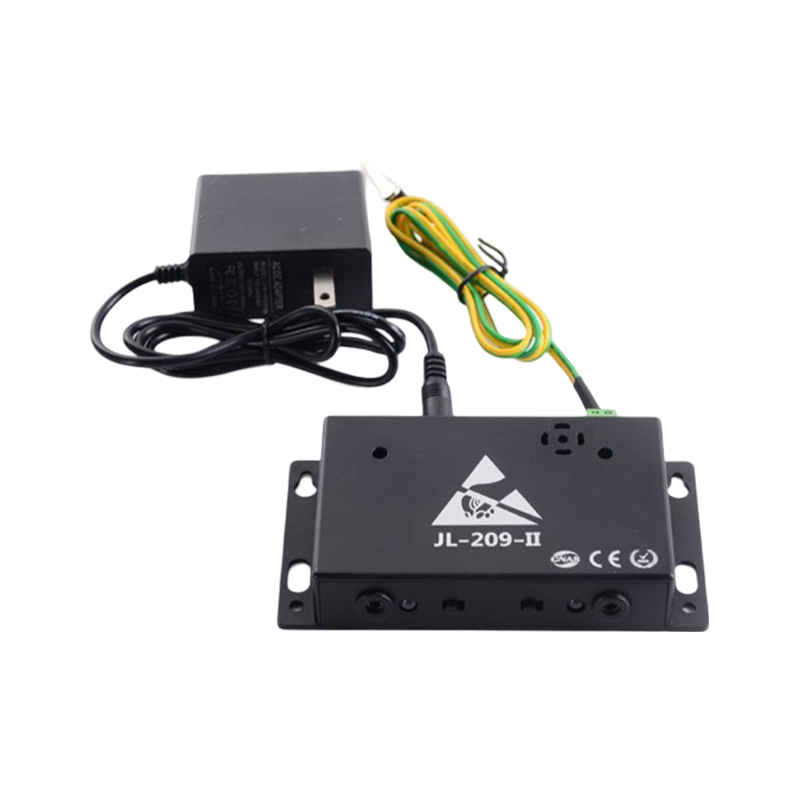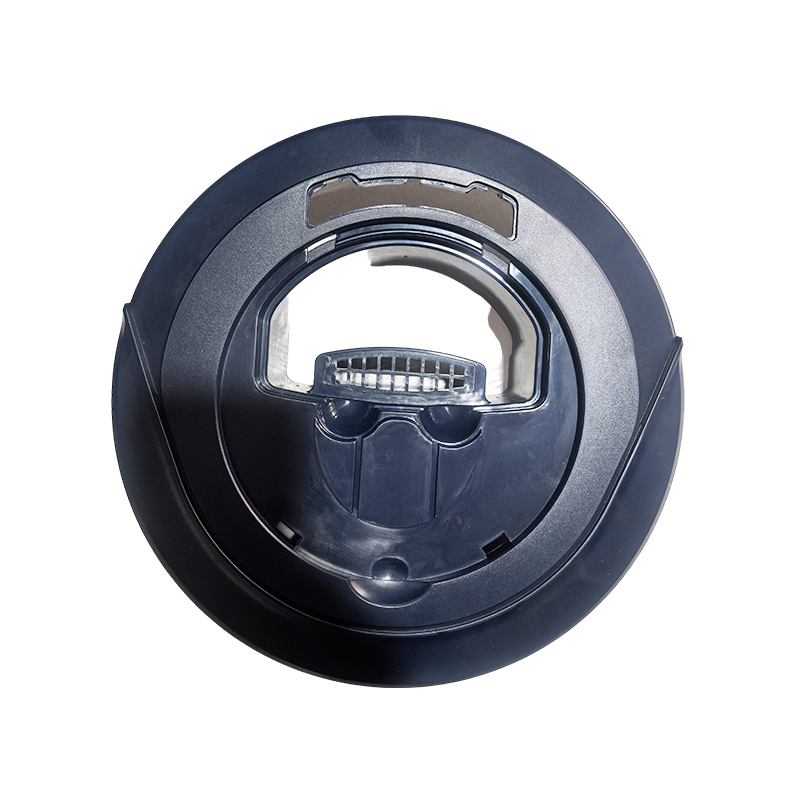What are the specific aspects of the thermal stability advantages of PC plastic, and how can its normal use under different climatic conditions be ensured?
Release Time : 2025-11-18
Polycarbonate (PC), as a high-performance engineering plastic, occupies an important position in many industrial fields due to its excellent comprehensive properties. Thermal stability is one of the most prominent characteristics of PC material, determining not only its structural integrity at high temperatures but also directly affecting the long-term reliability of products under complex climatic conditions. A deep understanding of the specific manifestations of PC plastic's thermal stability and the adoption of scientific measures to ensure its normal use in different climates are of great significance for improving product lifespan and safety.
1. Excellent heat resistance temperature range, ensuring structural stability under high-temperature conditions
The glass transition temperature of PC plastic is typically between 145℃ and 150℃, and it can withstand continuous use temperatures up to 135℃ for short periods, far exceeding that of ordinary engineering plastics such as ABS or PP. This means that in applications such as automotive headlight covers, electronic device housings, and outdoor lighting fixtures that may face high-temperature radiation or internal heat generation, PC can still maintain good dimensional stability and mechanical strength, and is not easily softened or deformed. Furthermore, PC maintains high rigidity and creep resistance even at high temperatures, preventing permanent deformation due to prolonged stress and ensuring the functional consistency of precision components.
2. Low coefficient of thermal expansion, reducing stress cracking caused by temperature changes
Compared to other plastics, PC has a relatively low linear coefficient of thermal expansion, approaching that of some metals. This characteristic effectively reduces internal stress caused by thermal expansion and contraction in environments with large diurnal temperature variations or significant seasonal climate changes. For example, in applications such as outdoor building skylights, high-speed rail windows, or solar junction boxes, PC sheets or casings are less prone to warping, cracking, or sealing failure even after extreme temperature cycles from -40℃ to +80℃, significantly improving the product's environmental adaptability and durability.
3. Good resistance to thermal aging, extending service life
The PC molecular chain contains stable carbonate groups and aromatic ring structures, giving it strong resistance to oxidation and thermal degradation. When exposed to high temperatures or ultraviolet radiation for extended periods, high-quality PC materials can further delay yellowing, embrittlement, and mechanical property degradation by adding heat stabilizers, ultraviolet absorbers, and Hindered Amine Light Stabilizers. For example, outdoor electrical enclosures used in the Middle Eastern deserts, or traffic light covers in the cold, high-UV regions of Northern Europe, can maintain their transparency and impact toughness for many years with specially formulated PC products, achieving "all-weather reliability."
4. Scientific Material Selection and Structural Design to Ensure Multi-Climate Adaptability
To ensure the normal service of PC plastic under different climatic conditions, systematic optimization is required from material selection and formulation design to product structure. First, the appropriate grade of PC resin should be selected based on the ambient temperature range—such as general-purpose, heat-resistant, or flame-retardant grade. Second, in high-humidity and hot regions, the hydrolytic stability of PC needs to be considered; if necessary, copolymerized PC should be used to improve its resistance to damp heat. Third, during the product design phase, structures prone to stress concentration, such as sharp corners and abrupt changes in thickness, should be avoided, and appropriate thermal expansion gaps should be reserved. Finally, the drying process must be strictly controlled during processing to prevent molecular chain breakage due to moisture during high-temperature molding, which would affect the final thermal stability.
The thermal stability of PC plastic is not only reflected in its wide operating temperature window and excellent high-temperature mechanical properties, but also in its ability, through material modification and engineering design, to readily address diverse global climate challenges. From scorching deserts to frigid snowfields, from humid rainforests to high-UV plateaus, PC, with its "rigid yet flexible" thermal properties, continues to provide modern industry with safe, reliable, and long-lasting material solutions.
1. Excellent heat resistance temperature range, ensuring structural stability under high-temperature conditions
The glass transition temperature of PC plastic is typically between 145℃ and 150℃, and it can withstand continuous use temperatures up to 135℃ for short periods, far exceeding that of ordinary engineering plastics such as ABS or PP. This means that in applications such as automotive headlight covers, electronic device housings, and outdoor lighting fixtures that may face high-temperature radiation or internal heat generation, PC can still maintain good dimensional stability and mechanical strength, and is not easily softened or deformed. Furthermore, PC maintains high rigidity and creep resistance even at high temperatures, preventing permanent deformation due to prolonged stress and ensuring the functional consistency of precision components.
2. Low coefficient of thermal expansion, reducing stress cracking caused by temperature changes
Compared to other plastics, PC has a relatively low linear coefficient of thermal expansion, approaching that of some metals. This characteristic effectively reduces internal stress caused by thermal expansion and contraction in environments with large diurnal temperature variations or significant seasonal climate changes. For example, in applications such as outdoor building skylights, high-speed rail windows, or solar junction boxes, PC sheets or casings are less prone to warping, cracking, or sealing failure even after extreme temperature cycles from -40℃ to +80℃, significantly improving the product's environmental adaptability and durability.
3. Good resistance to thermal aging, extending service life
The PC molecular chain contains stable carbonate groups and aromatic ring structures, giving it strong resistance to oxidation and thermal degradation. When exposed to high temperatures or ultraviolet radiation for extended periods, high-quality PC materials can further delay yellowing, embrittlement, and mechanical property degradation by adding heat stabilizers, ultraviolet absorbers, and Hindered Amine Light Stabilizers. For example, outdoor electrical enclosures used in the Middle Eastern deserts, or traffic light covers in the cold, high-UV regions of Northern Europe, can maintain their transparency and impact toughness for many years with specially formulated PC products, achieving "all-weather reliability."
4. Scientific Material Selection and Structural Design to Ensure Multi-Climate Adaptability
To ensure the normal service of PC plastic under different climatic conditions, systematic optimization is required from material selection and formulation design to product structure. First, the appropriate grade of PC resin should be selected based on the ambient temperature range—such as general-purpose, heat-resistant, or flame-retardant grade. Second, in high-humidity and hot regions, the hydrolytic stability of PC needs to be considered; if necessary, copolymerized PC should be used to improve its resistance to damp heat. Third, during the product design phase, structures prone to stress concentration, such as sharp corners and abrupt changes in thickness, should be avoided, and appropriate thermal expansion gaps should be reserved. Finally, the drying process must be strictly controlled during processing to prevent molecular chain breakage due to moisture during high-temperature molding, which would affect the final thermal stability.
The thermal stability of PC plastic is not only reflected in its wide operating temperature window and excellent high-temperature mechanical properties, but also in its ability, through material modification and engineering design, to readily address diverse global climate challenges. From scorching deserts to frigid snowfields, from humid rainforests to high-UV plateaus, PC, with its "rigid yet flexible" thermal properties, continues to provide modern industry with safe, reliable, and long-lasting material solutions.







